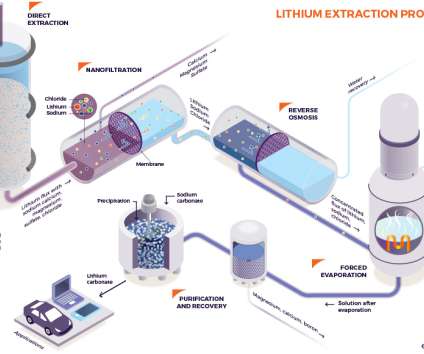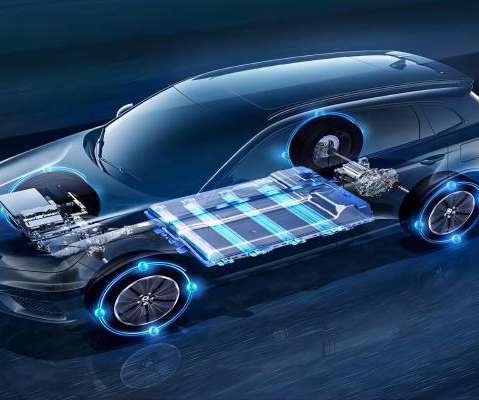Chinese steel group Tsingshan investing $375M to build lithium plant in Argentina with Eramet
Green Car Congress
NOVEMBER 13, 2021
It is a key milestone in the deployment of our strategic roadmap which aims at positioning Eramet as a reference player in metals for the energy transition. Fresh water is then used to release the stored lithium. Purification of the lithium, then reaction with sodium carbonate to convert it to lithium carbonate.












Let's personalize your content